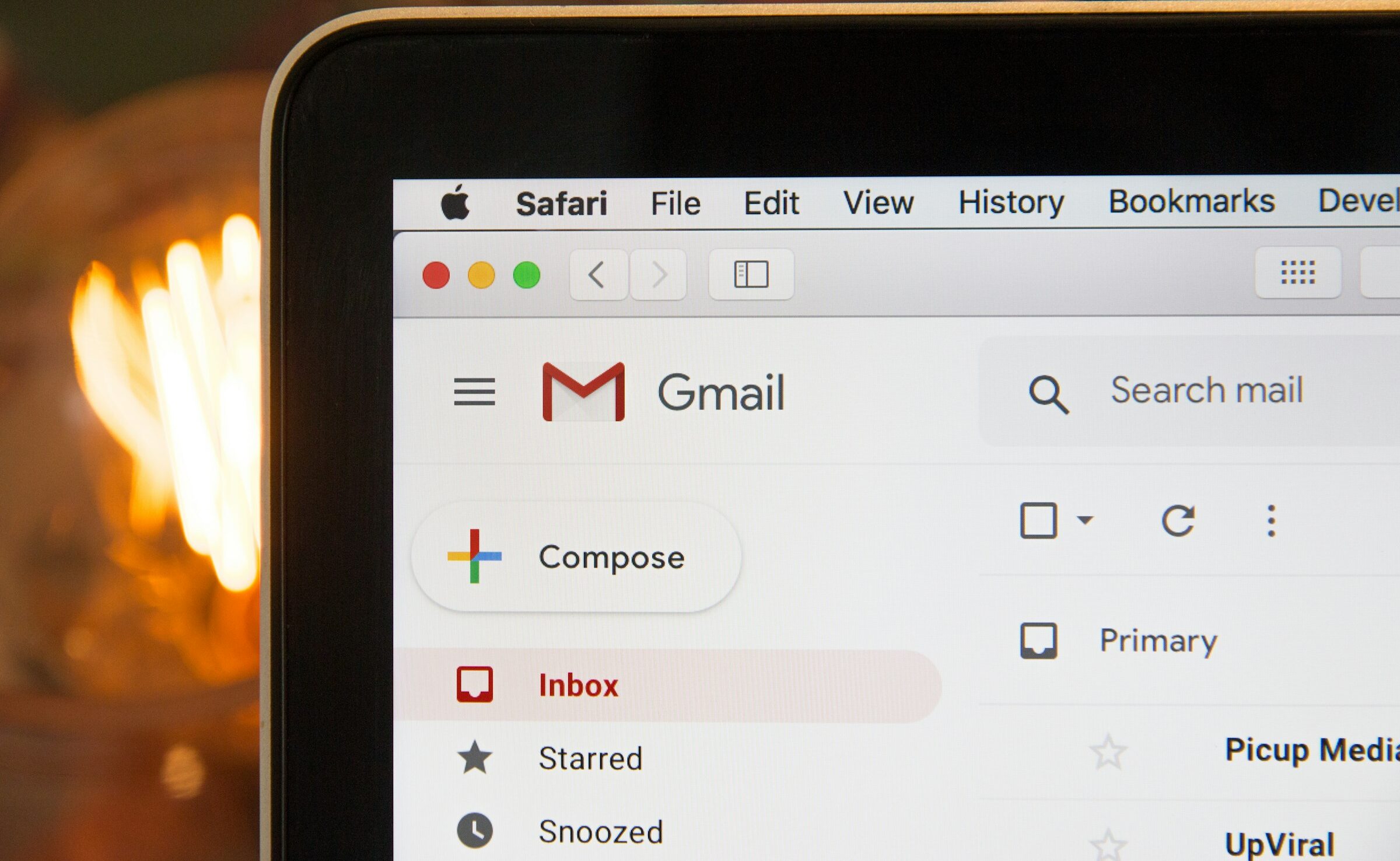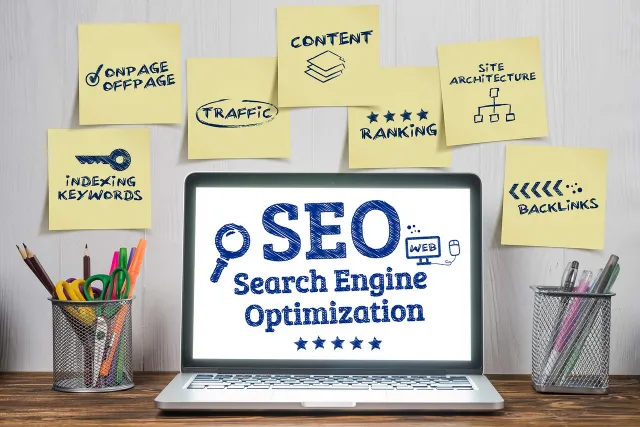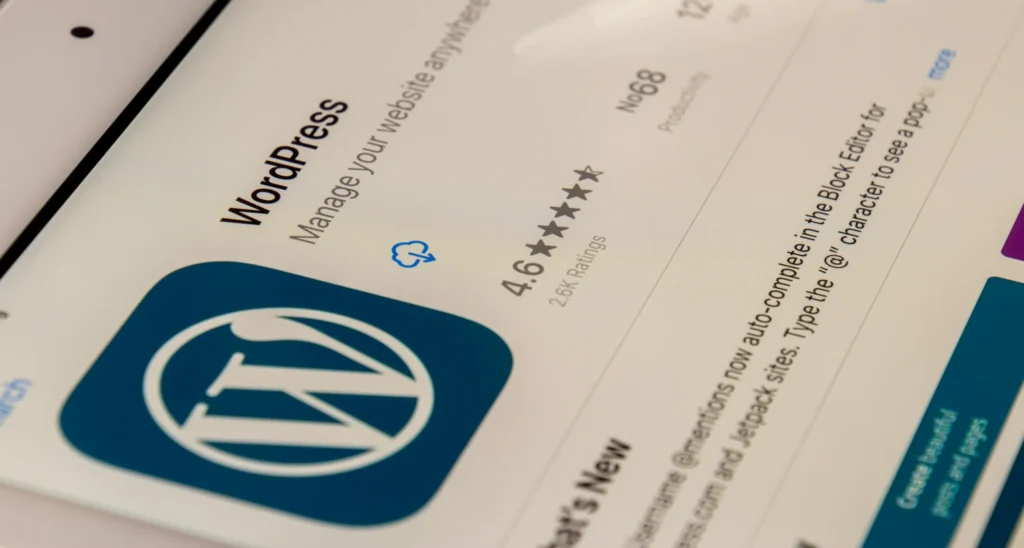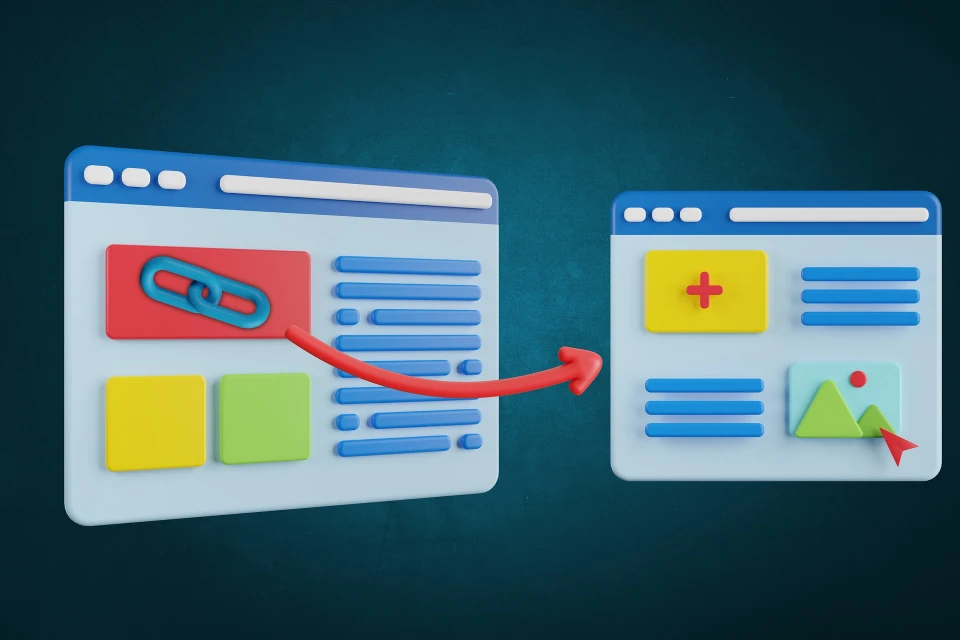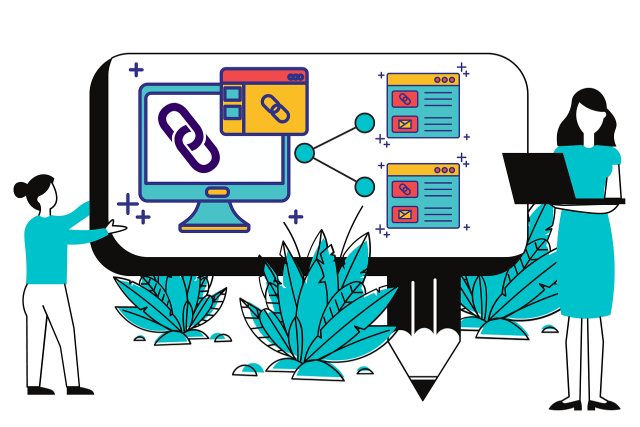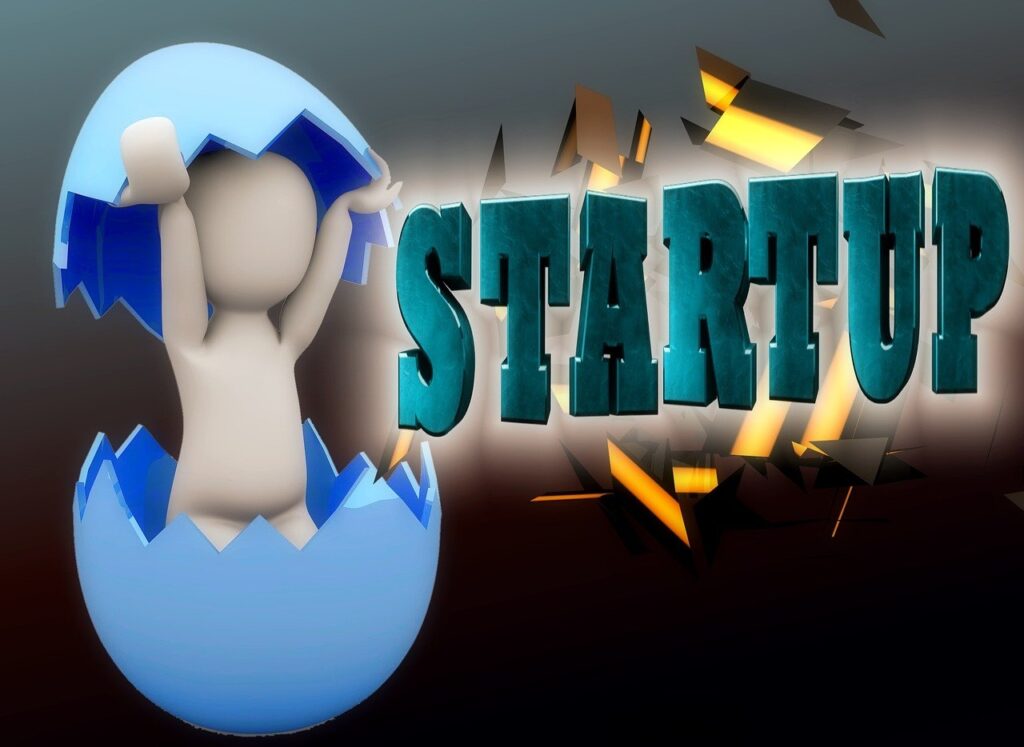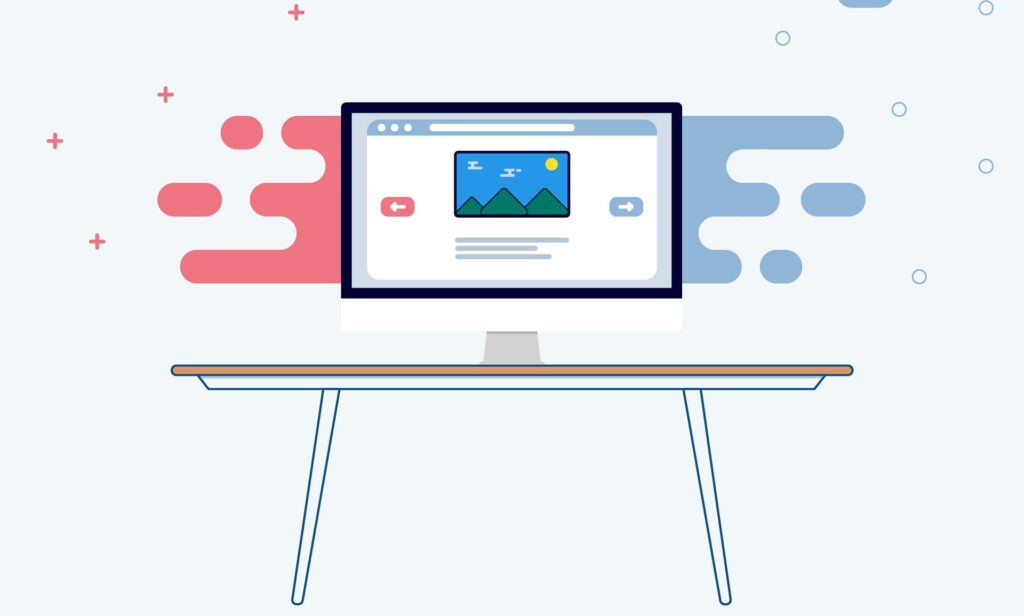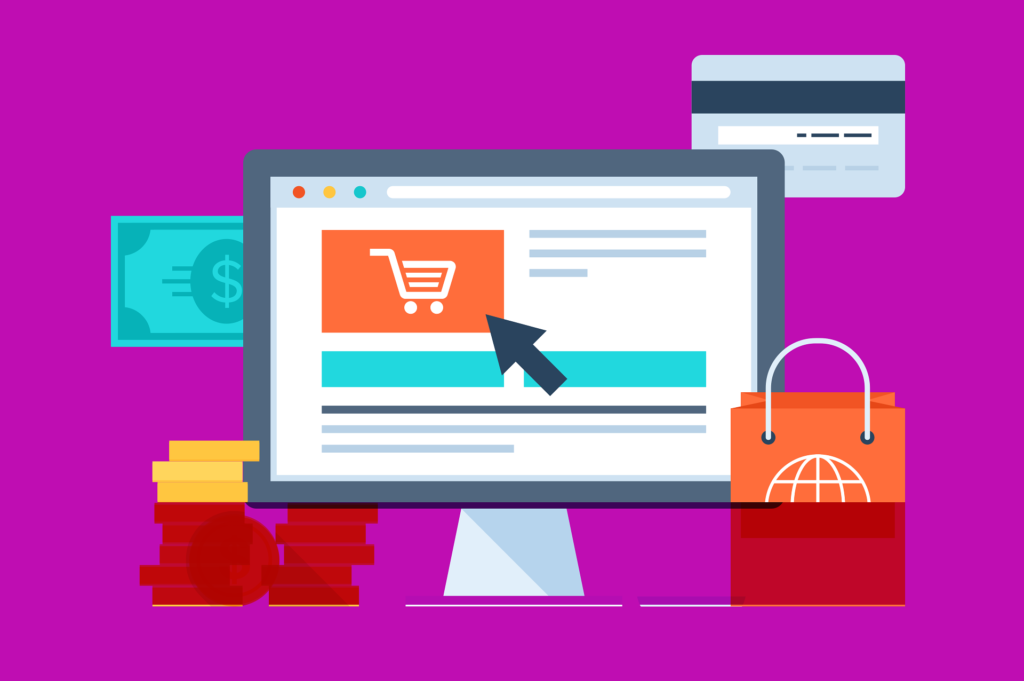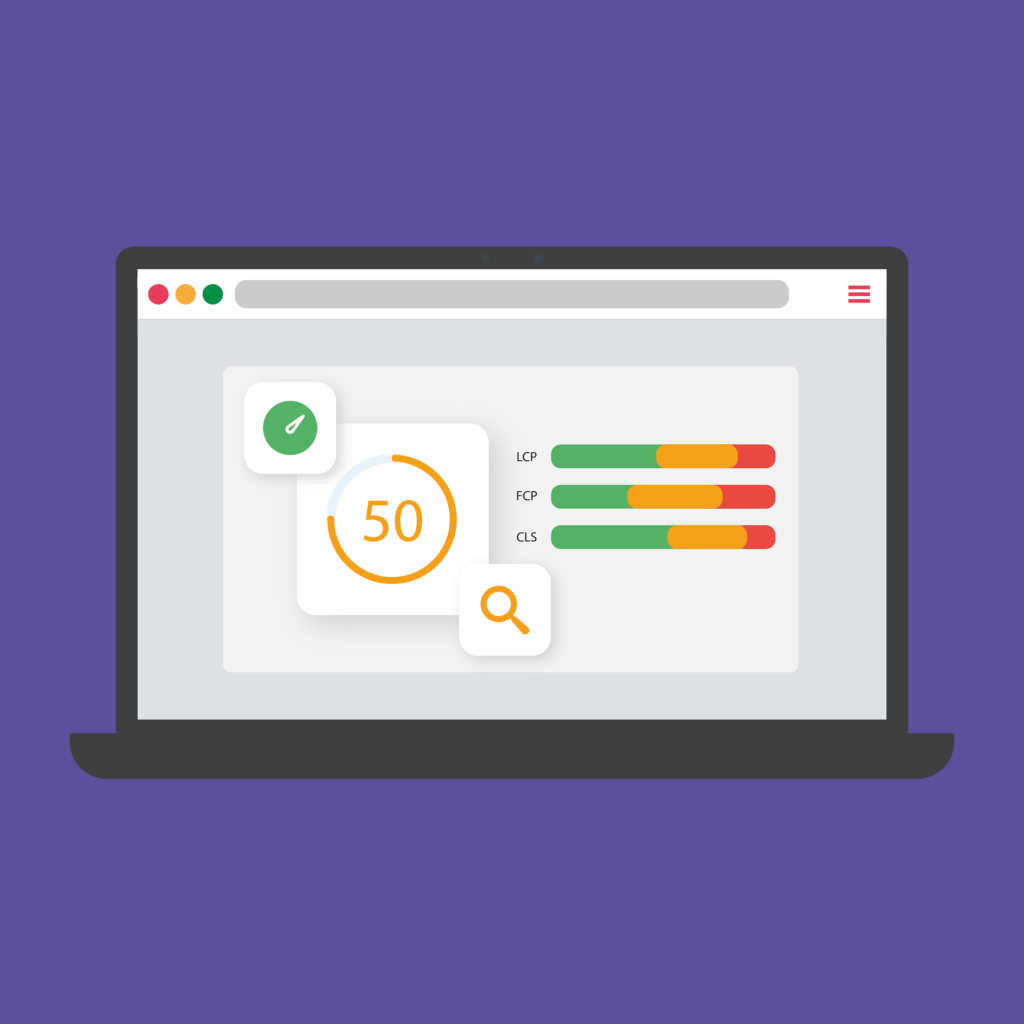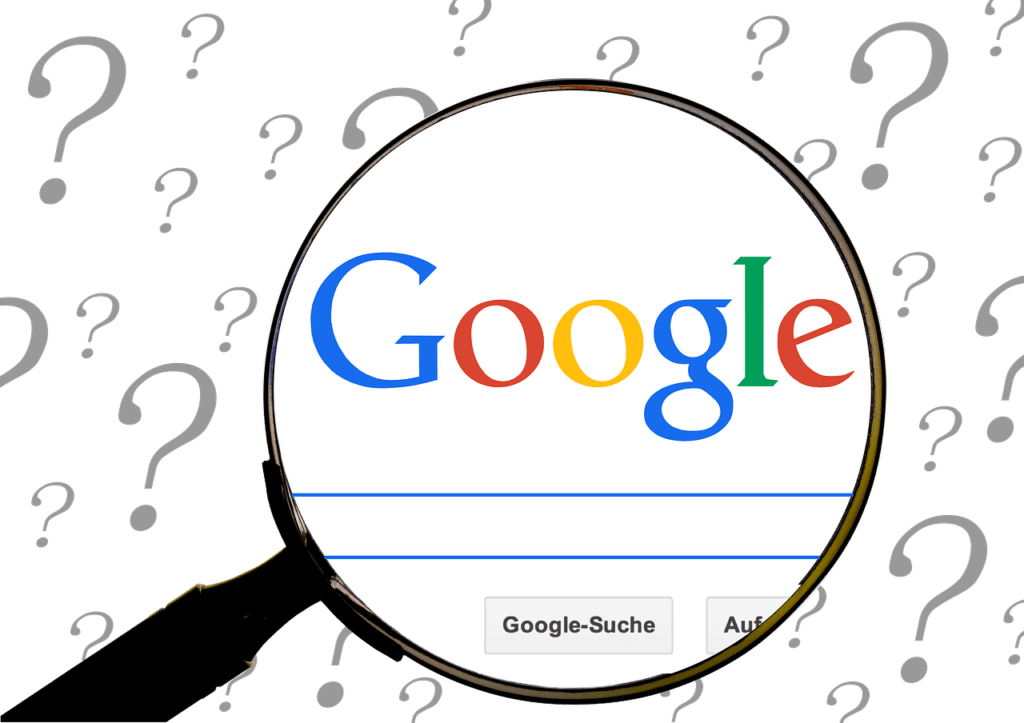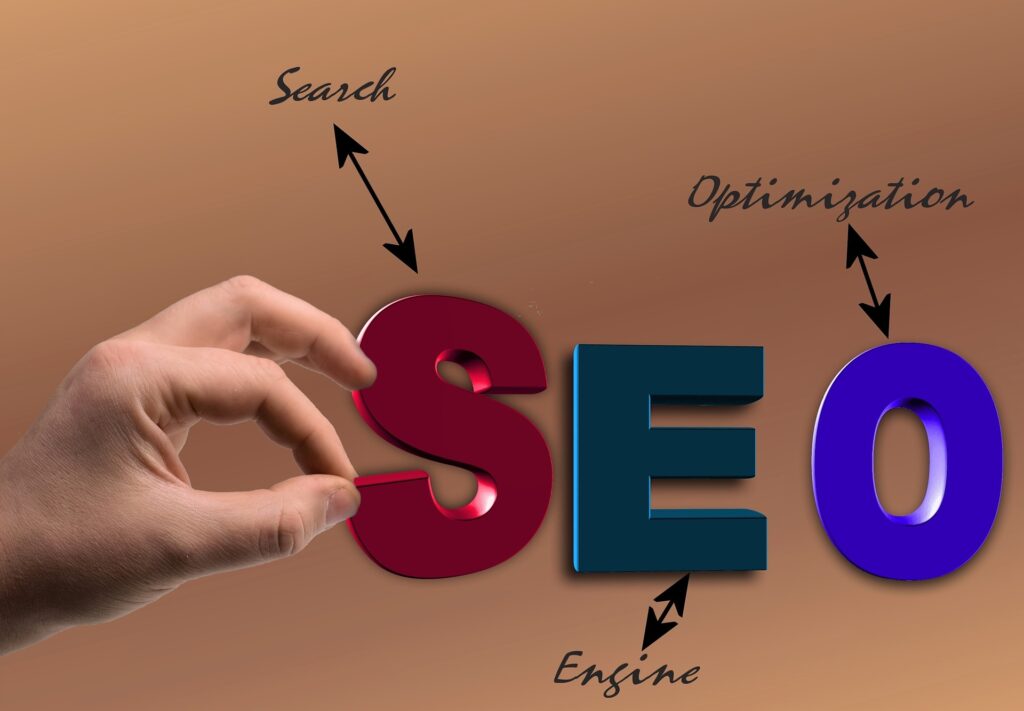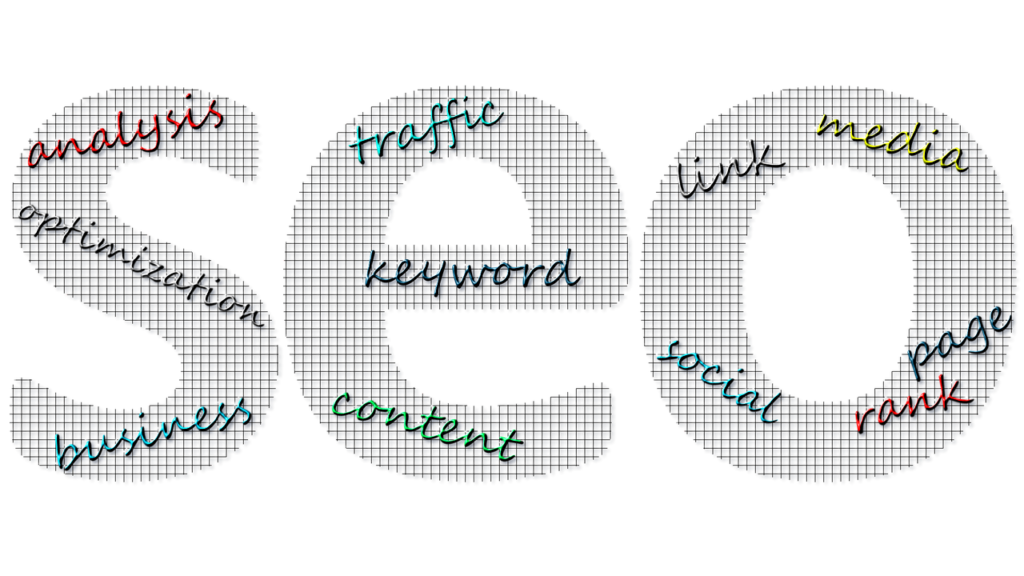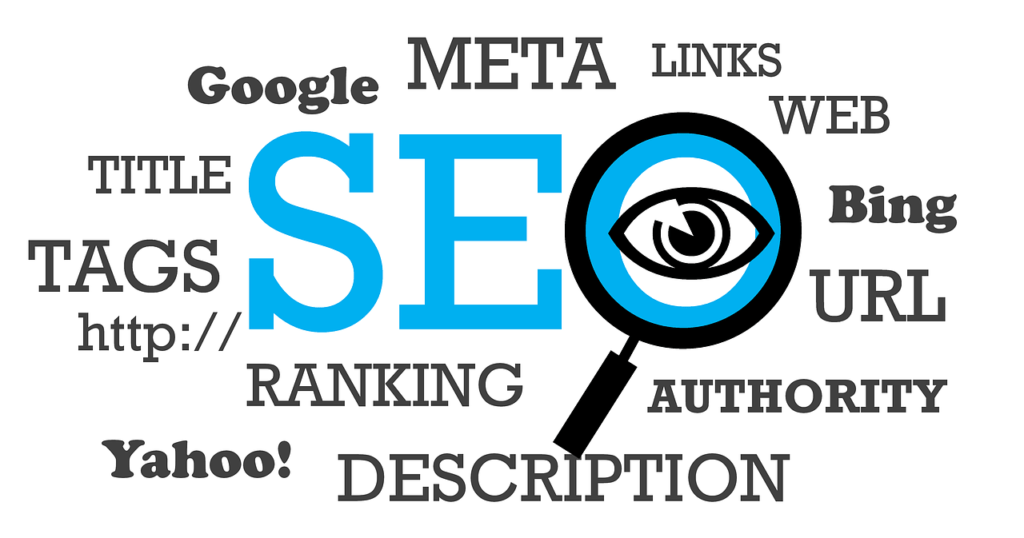What’s up, everybody! Show of hands: how many of you checked your email today? You too? Yep, me too, because, you know, email is still one of the world’s most popular ways to communicate. Today we’re talking about email marketing, a tactic that’s essential for companies both big, small, and everything in between. Now we’re going to help you understand what email marketing is, why it’s important for building relationships, and how you can succeed in emailing your customers and prospects. And here’s a pro tip to get us started: when you need an email marketing solution, Salesforce’s own Marketing Cloud has got you covered. So let’s start with the most important question:
What is email marketing?
Email marketing is when you use email to promote your business’s products, services, and brand. And that huge upside is in no small part due to how popular email is. According to Salesforce’s State of the Connected Customer report, email is still consumers’ number one preferred channel for communicating with brands. Email marketing is something that companies should not be sleeping on, but it also brings up what can make it tricky: everybody’s doing it. So if you don’t approach email marketing the right way, it’s really easy to get lost in the shuffle and end up in your customers’ spam folders. That’s a no-no. But never fear, that’s why I’m here! We’re about to tell you how you can stand out from the email crowd. Okay, let’s get into it. So, what kind of emails work best for marketing? Like pretty much everything else we talk about here on Salesforce, successful email marketing starts and ends with knowing your customers, and knowing is half the battle. Am I allowed to say that without a catchy jingle? Okay, well, you need to know what kind of emails your audiences will want to receive and what will make the biggest impact. And that boils down to two things: content and timing. What’s the right message to send, and when’s the right time to send it? So let’s look at the kinds of emails that your customers and prospects will want to see in their inboxes.
Email Newsletters
Newsletters are an excellent way to build a subscriber base and show them what your brand is all about. Email newsletters have been shown not only to increase customer loyalty but also to drive brand engagement. In fact, 31% of marketers say email newsletters are the best way to nurture B2B leads. A solid email newsletter offers a mix of thought leadership, how-to content, and new product and service announcements. In other words, take your best content, highlight it in a newsletter, and send it out periodically to interested customers. And speaking of interested customers, here’s a very important rule of thumb for email newsletters: make sure your subscribers opt-in first. You know you don’t like that, right? As a person, you only want to send newsletters to folks who want to see them.
Promotional Emails
My personal favorite is promotional emails. And why are promos my favorite? Because I like getting good deals! Who doesn’t love a deal, right? A killer discount that just shows up in your inbox like, “Yes, please!” But from a marketer’s perspective, I love promotional emails because they lead to sales. When it comes to driving purchases, 50% of people buy from marketing emails at least once a month. Promotional emails are also great for new product or feature announcements, drumming up excitement, and driving registrations for an upcoming event.
Relational Emails
That sounds kind of different, and as you might guess from the name, relational emails are designed to build relationships with prospects and customers. I’m talking about the kind of stuff that gets your audience up to speed with your brand, like blog articles, social updates, and subscriber welcomes. Timing is really everything with relational emails. They’re great for keeping your business top of mind for your customers, but be extra careful not to overdo it because, when it comes to email, it can be really easy to slide from relationship-building into annoying people with spam.
Transactional Emails
Now finally, the last example I want to mention is transactional emails, and these are direct responses to actions customers or prospects take with your brand. Common transactional emails include order confirmations, receipts, shipping notifications, and password reminders. You know, the really important stuff that lets customers know they can trust your business because you are on top of all the details. And speaking of the important stuff, don’t sleep on the opportunity to represent your brand voice and values in transactional emails. Adding some extra care and attention to what some folks might consider mundane or boring emails like these actually signals a level of professionalism and trust that your customers will love to see. So go ahead, represent.
Types of Marketing Emails
Now we’ve covered the key types of marketing emails you’ll be sending to prospects and customers, but how do you actually do it right? What do you say, when do you send, and how do we make the marketing magic happen? Well, let’s talk about how to successfully email customers and how Salesforce helps. There are really four key elements to email marketing: one, segmentation; two, personalization; three, automation; and four, deliverability. And guess what? You can take care of all four parts with Salesforce Marketing Cloud.
Segmentation
Segmentation means splitting your contact list into multiple smaller lists so you can control who gets specific emails at different times. For example, when a prospect first signs up for your newsletter, you can put them into a segmented list that gets a “Thank you for subscribing” email. And then you can segment by identifiers like age, location, interests, and even buying history. Having all that profile data available makes it much easier to segment your subscribers to reach your ideal audiences with great emails, which helps marketers stay more productive.
Best Ways to Create Segmented Lists
One of the best ways to create segmented lists is by using lead scoring in Salesforce Marketing Cloud. Lead scoring makes it simple to send targeted emails to the hottest leads or the ones that need the most love.
Personalization
Personalization provides a unique opportunity to develop deeper relationships with customers and prospects. The key to personalizing emails is to include information that’s relevant to the recipients, like calling customers by name and including recommendations based on their past interactions with your brand. Personalized emails help you create customer journeys tailor-made for specific customers and their industries. That means emails that feel less like a sales pitch and more like a conversation. With Salesforce’s sales, service, and marketing all coming together, you create a clear picture of your customer for hyper-focused emails that always hit home.
Empowering Automation
Empowering automation is what brings it all together. Automated email tools can segment audiences according to your preset identifiers and automatically send the right emails when customers take specific actions. That means your business will send targeted emails that deliver meaningful, personalized content to your contacts without you even having to click send. I mean, who doesn’t want that, right? Integrated Marketing Cloud with sales and service lets you build a complete picture of your customers and deliver automated emails that are relevant and effective.
Email Deliverability
Try saying that ten times fast: deliverability. I can’t do it. But deliverability—oh, I did it! That’s just a fancy term describing how likely your emails are to reach their intended recipients. You know, that might sound simple, but hear me out here: if the best marketing email ever created never reaches its audience, how’s it going to drive sales? Deliverability means making sure the emails you send don’t bounce back and don’t wind up in your customers’ spam folders either. Now Salesforce makes it easy to test deliverability and configure your marketing tools so your audience never misses out on the digital bundles of joy that are your emails. Like I said earlier, it’s not easy to stand out in a world full of email. Now let’s wrap up with these three parting tips to make sure your emails really stand out in your prospects’ inboxes:
- Lean into Personalization: Generic emails are so impersonal, right? We all just want to be understood, to be loved a little, right? And customers want content that’s tailored to them. Giving people what they want, what they need, really—that’s the secret sauce to email marketing. It’s like nurturing a real relationship. Okay, especially when you’re marketing to a potential customer. The more you can create personalized touch points, the more they’re likely to engage. Not sure what your prospects want? Well, hey, no worries. Just take some time to figure it out with A/B testing and other marketing experiences. And don’t forget to lean on customer data to make those emails really resonate.
- Get Interactive: I was running in place there. An interactive email includes web-like functionality directly in the message itself—way more engaging than a basic static email, right? In fact, incorporating interactive and visual elements in your emails can lead to a huge increase in clicks. So try out different elements like purchase buttons, a rotating image carousel, a picture of my face, and even form fills in the body of the email. Salesforce has everything you need to create beautiful, sophisticated emails with interactive elements and responsive designs, so go in, dive into that.
- Choose an Email Platform That’s Right for Your Business: A great email marketing tool gives marketers the power to run email campaigns start to finish and analyze the results to make the next campaign even better.
Now that we’ve covered the basics, if you have more questions, hey, drop them in the comments below. And you never know, your question might appear in the next article. So take care, and I’ll see you next time.

